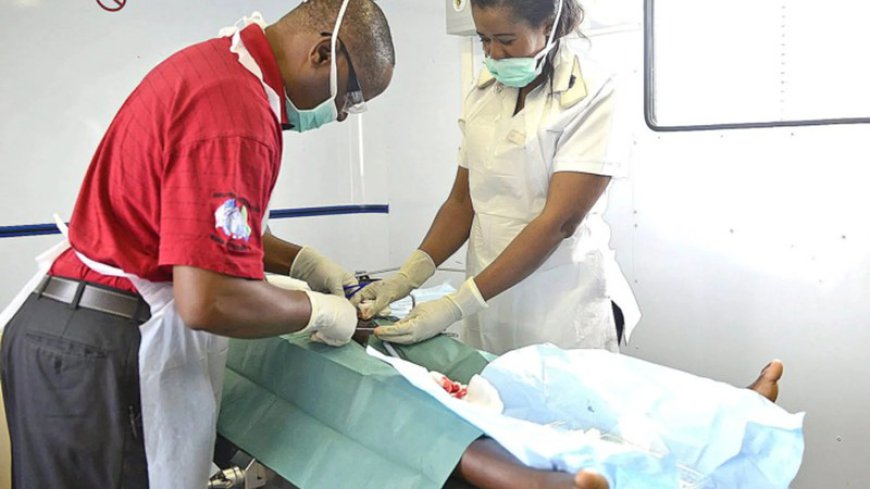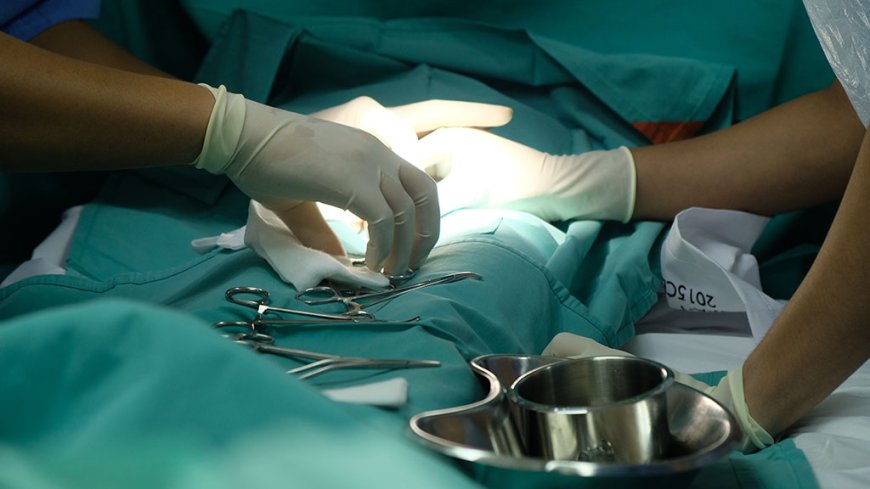Circumcision in Balancing Tradition, Modernity, and Healthcare
Male Circumcision in Dubai

Circumcision in Dubai is a practice deeply rooted in cultural and religious traditions, yet it also exists within a rapidly modernizing healthcare framework. This article explores how Dubai navigates the intersection of tradition and modernity in circumcision practices, addressing the implications for families and healthcare providers.
Cultural and Religious Significance
In Dubai, circumcision is primarily associated with Islamic tradition, viewed as a rite of passage for boys. Many families see it as a fulfillment of religious obligations and a means of connecting with their cultural heritage. This cultural significance creates a strong societal expectation for circumcision, influencing parents’ decisions and shaping community norms.
Modern Healthcare Practices
As Dubai’s healthcare system evolves, modern medical practices increasingly influence circumcision procedures. Hospitals and clinics are adopting evidence-based approaches that prioritize safety, hygiene, and patient education. Healthcare providers now emphasize the importance of performing circumcision in sterile environments, reducing the risk of complications and infections.

Parental Education and Informed Consent
With the rise of healthcare awareness, there is a growing emphasis on educating parents about circumcision. Healthcare providers are increasingly offering information sessions, workshops, and resources to help parents understand the procedure, its benefits, and potential risks. This focus on informed consent allows families to make educated decisions that align with their values and beliefs.
Balancing Tradition with Modern Concerns
While tradition plays a significant role in the decision to circumcise, modern concerns about health and ethics are also becoming prominent. Some parents are questioning the necessity of circumcision, considering factors such as hygiene practices, potential complications, and the psychological impact on their child. This shift reflects a broader trend towards prioritizing individual rights and bodily autonomy.
Innovations in Circumcision Techniques
Advancements in medical technology are reshaping circumcision practices in Dubai. Minimally invasive techniques, such as laser circumcision, are becoming more popular, offering benefits like reduced recovery times and less pain. These innovations reflect a modern approach to a traditional practice, balancing efficiency and patient comfort.
Addressing Emotional and Psychological Needs
The emotional and psychological aspects of circumcision are increasingly acknowledged in Dubai’s healthcare discourse. Providers are encouraged to offer support to both parents and children, addressing concerns related to anxiety and expectations. Incorporating psychological support can enhance the overall experience, ensuring that families feel secure and informed throughout the process.
Community Engagement and Dialogue
Engaging the community in discussions about circumcision is essential for balancing tradition and modernity. Local organizations, religious leaders, and healthcare professionals are collaborating to create platforms for dialogue, allowing families to voice their concerns and share experiences. This community engagement fosters a more inclusive environment where different perspectives can coexist.
Conclusion
The practice of circumcision in Dubai exemplifies the delicate balance between tradition and modernity in a rapidly changing society. While cultural and religious significance remains strong, contemporary healthcare practices are evolving to prioritize safety, education, and patient autonomy. By fostering open dialogue and embracing innovations in medical care, Dubai can navigate the complexities of circumcision, ensuring that families make informed choices that honor both tradition and modern healthcare values. This balanced approach can lead to positive outcomes for both children and their families, enriching the cultural fabric of the community.

 Muhammad Ahmadz
Muhammad Ahmadz